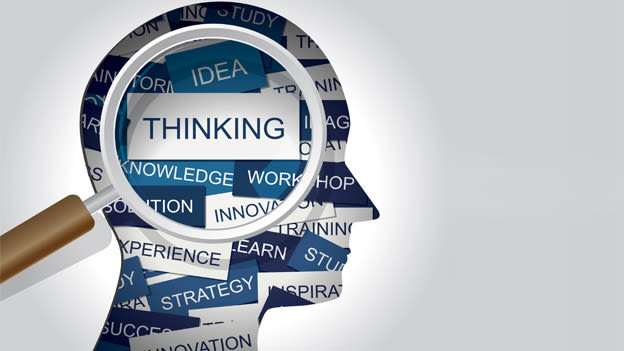Instilling a culture of organization-wide strategic thinking

It is strongly believed that the ‘quality and depth’ of a company’s leadership team holds the key to its success. That said, a strong leadership team alone cannot, on its own, design and implement a successful strategy. An organization wide ‘strategic thinking’ is a prerequisite for turning normal companies into super-performers. And the onus of creating, nurturing and sustaining such a culture lies with the HR/L&D function.
Leadership teams are only a small sub-set of the entire organization! For an organization to be successfully executing its vision and strategy, the entire organization including the ‘lowest common denominator’ being the employee at the shop floor and those facing the customer, not only need to understand, appreciate and support the strategy, but also need to passionately ‘own’ such decisions and course of actions, as if it was their own! They need to start thinking strategically. The HR/L&D team plays a pivotal role in ensuring employees across various levels of the organization understand the bigger picture, connect their work as well as the outcome of what they do to organizational success as well as their career success in the organization.
What is strategic thinking? It is a broader questioning of how our industry is evolving and how, we as a company in that industry can gain competitive advantage and deliver products and services to our customers, much superior to the competition. More importantly, as an employee on the shop floor, where do I fit into this puzzle?
Of course the senior management generally takes the lead in setting out the strategic direction for their company. However, if lower level managers and employees are not convinced with the rationale of such strategic decisions and how their contribution, very small though, adds up in the overall scenario, such strategies are bound to fail. Where does my role and what I do, come into the picture and how my contribution flows into the company’s overall strategy? Showing this linkage can be challenging for HR; but once achieved, this charges up the organization with passionate employees pulling the cart in the same direction, towards the strategic goal!
This is not going to be easy! The strategy formulated by the leadership is extremely analytical and intuitive, which needs to be communicated and ‘ownership needs to be secured’ from less experienced, less articulate ‘functionally specialist’ staff, across businesses and geographies.
How can HR and L&D help achieve organization-wide strategic thinking?
- The first thing the HR/L&D team needs to secure, even more importantly than budget, is senior management’s time. HR needs to make sure the senior management invests their time interacting with, and communicating the company’s philosophy and the rationale of its strategic decisions to the managers and employees of the company. For this to be effective and receptive, and for the managers and employees to appreciate management’s philosophy, ‘strategy workshops’ facilitated by experts can add a whole lot of value.
- Such workshops should bring in relevant ‘real life’ case studies of success and failures, if possible from the organization itself, and relate the same to the work environments of the participating managers and employees. The L&D teams can work with business schools to bring in expert facilitators who can work with the business verticals and the senior management to author business cases which can be used in custom-designed management development programs for the organization.
Analyzing, discussing and debating these case specifics will provide them an opportunity to appreciate as to why certain larger corporate decisions are taken in certain circumstances. This exercise should also make these managers and employees ‘strategically think’ about the current external and internal challenges confronted by their own organization, and what strategic decisions they would take, if they were at the helm! More importantly, the workshops should be able to cascade the key takeaways from the larger ‘corporate level decisions’ down to the ‘day to day’ roles these managers and employees play in their own company, and thereby highlight the ‘connect’! In the process they would become appreciative of the importance of not only their own specific domain areas but will appreciate the complementarities of other functions within their organization like finance, operations, marketing and human resources, thereby gaining a much larger level perspective. - Further, if HR and L&D devise effective systems, processes and communication channels, it will compliment in the flow of information across the length and breadth of the organization.
- It becomes the responsibility of the HR head to push the boundaries within the organization to ensure that the HR is seen and perceived as the strategic partner for the organization to succeed. L&D should be a part of the leadership team’s missioning and visioning exercise for them to own and devise a robust learning and growth strategy, in alignment with the organization’s mission, vision and business goals.
In sum, leadership teams are experienced and trained to think strategically; but in order for their strategies to be effective, they need to work closely with the L&D function to instill ‘strategic thinking’ in the minds of each and every employee, if the companies need to be sustainably successful.










